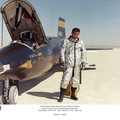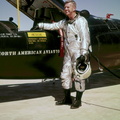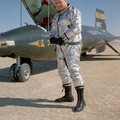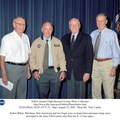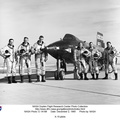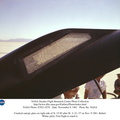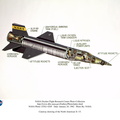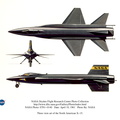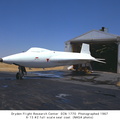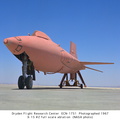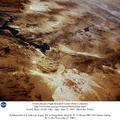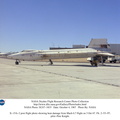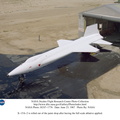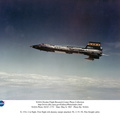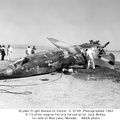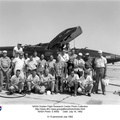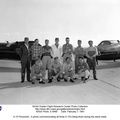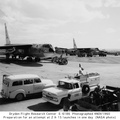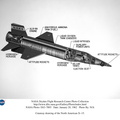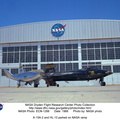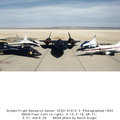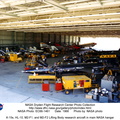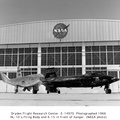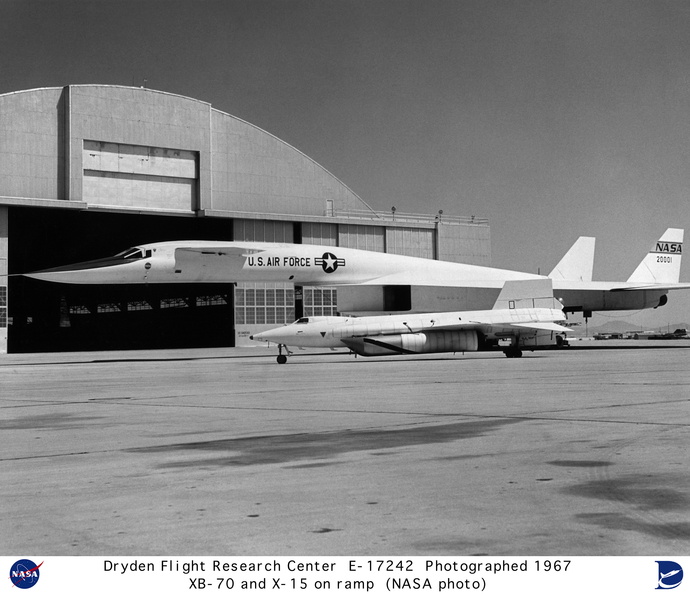
WIKIARCHIVES.SPACE
The Human Spaceflight Archive

The X-15A-2 with drop tanks and ablative coating is shown parked on the NASA ramp in front of the XB-70. These aircraft represent two different approaches to flight research. The X-15 was a research airplane in the purest sense, whereas the XB-70 was an experimental bomber intended for production but diverted to research when production was cancelled by changes in the Department of Defense's offensive doctrine.
Information
- Taken in
- Edwards Air Force Base
- Autor
- NASA
- Popis
-
The X-15A-2 with drop tanks and ablative coating is shown parked on the NASA ramp in front of the XB-70. These aircraft represent two different approaches to flight research. The X-15 was a research airplane in the purest sense, whereas the XB-70 was an experimental bomber intended for production but diverted to research when production was cancelled by changes in the Department of Defense's offensive doctrine.
The X-15A-2 had been modified from its original configuration with a longer fuselage and drop tanks. To protect it against aerodynamic heating, researchers had coated it with an ablative coating covered by a layer of white paint. These changes allowed the X-15A-2 to reach a maximum speed of Mach 6.7, although it could be sustained for only a brief period.
The XB-70, by contrast, was designed for prolonged high-altitude cruise flight at Mach 3. The aircraft's striking shape--with a long forward fuselage, canards, a large delta wing, twin fins, and a box-like engine bay--allowed it to ride its own Mach 3 shockwave, so to speak. A joint NASA-Air Force program used the aircraft to collect data in support of the U.S supersonic transport (SST) program, which never came to fruition because of environmental concerns.
- Vytvorené
- Piatok 4 August 1967
- Source link
- https://www.dfrc.nasa.gov/
- Návštev
- 54
- Bodové hodnotenie
- bez hodnotenia
- Ohodnotiť túto fotografiu
- License
- Public Domain
- Modified by WikiArchives
- No (original)
- Stiahnuté
- 0
Publikované pomocou aplikácie Piwigo
